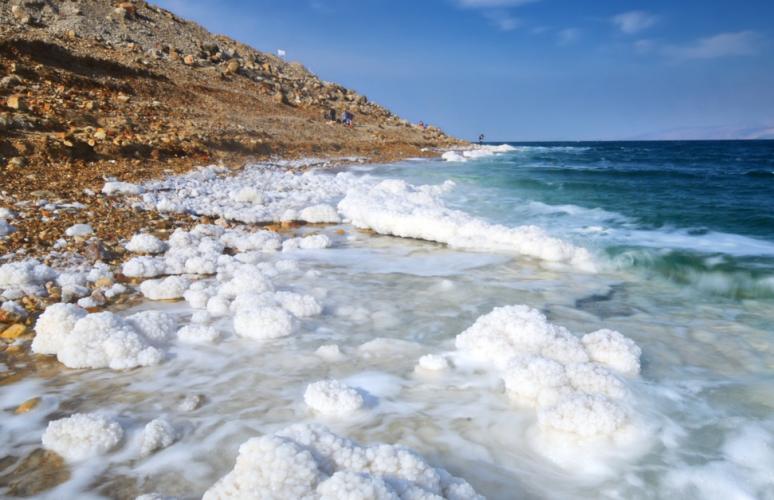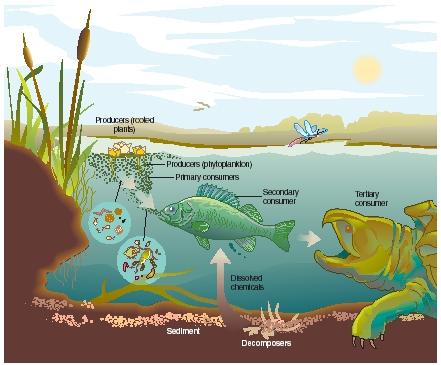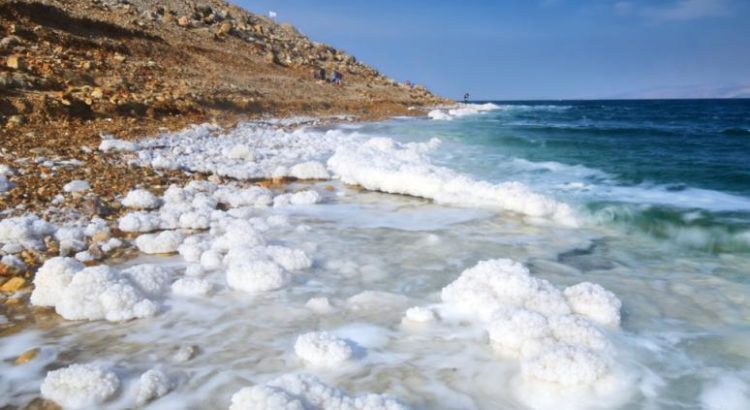Nearly 4 out of 10 people in the world population don’t have access to clean water or they live in water stressed area. Moreover this doesn’t stop here, research suggest that it may even grow up to 50% more in upcoming 5 to 7 years.
How to Quench the Thirst of Our Planet

Solution
We only need water for water not like oil for which we have alternative in our planet.
We have learnt from the Greek philosopher Aristotle that heating saltwater and condensing it gives a sweet water leaving the salt behind. In the past 40 years desalination has proved it to be reliable and it’s enough for our planet.
Current Methods
Total dissolved solids in seawater is nearly 30000 to 50000 TDS mg/L, and nearly 1000 – 18000 mg/L in brackish water.

MSF(Multistage Flash Distillation ): Salt Water Boiler and a Coolant Dome.
RO Techonology (Reverse Osmosis): Using membranes to separate salt and chlorine from water.
Instead of just using MSF or RO alone using hybrid is better in efficiency. It reduces the power and fuel consumption. More than 40% of fuel is saved by using a hybrid, in which we will be using the steam pressure from MSF to run a mechanical RO.
How a RO Desalination Plant Works
Hurdles Ahead for Desalination Plants
Having said about the cost and power consumption, they are not the only problem that a desalination plant has to face, there are more to go.
Brine ( High Salt Concentrated solution)
For every gallon of water nearly equal amount of brine is leftover. where to dump it?
The desalination plants near the coastal areas dump the brine back to ocean but, its not a good option. It affects the local marine life.

Image source scienceclarified
Ecosystem
Apart from brine the local ecosystem is affected. These desalination plants pull enormous amount of water which also sucks the food web’s base layer organisms. For which we can suck water below the subsurface and desalinate it. So that the organisms and fish eggs are not pulled into the plant.
So what can we do now? We dont any low power consuming super RO or hybrid system right now but, we can iterate the process of improving our current desalination plants. More than 40% of desalination plants in out world is found in middle east and northern part Africa.
Now Israel’s desalination plants are capable of supplying 75% of country’s drinking water needs. So we have to constantly improve our desalination technology and save the rainwater to ground.
